(NLDO) - Andromeda is the name of a giant galaxy that is on its way to crashing into the galaxy containing Earth.
A new study from the University of Helsinki (Finland), Durham University (UK) and Toulouse III - Paul Sabatier University (France) has recalculated the possibility of a collision between the Milky Way galaxy containing Earth and the neighboring Andromeda galaxy.
Suspicions that Andromeda was attacking the Milky Way had been aroused since 1912.
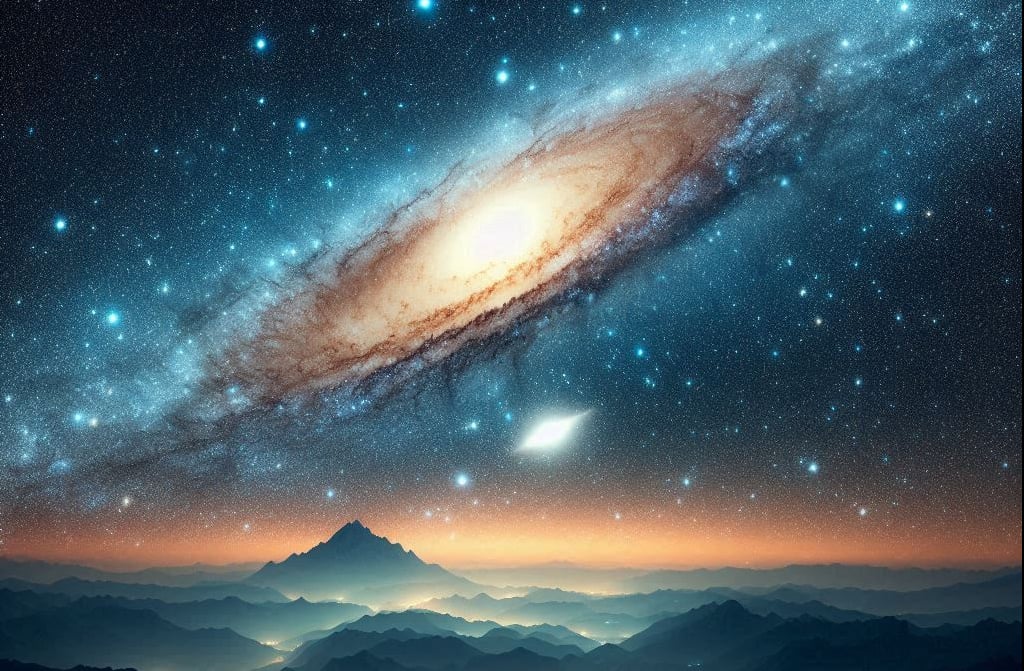
The "monster" galaxy Andromeda will move closer to Earth in the future - AI illustration: Anh Thu
At that time, American astronomer Vesto Slipher discovered that Andromeda's light was Doppler-shifted to the blue part of the light spectrum, indicating that it was approaching us.
Both Andromeda and the Milky Way are "monster" galaxies in the universe, having "eaten" many other small galaxies to reach their current sizes. Andromeda is even slightly larger than the galaxy containing Earth.
Subsequent studies, including several done just in the last few years, have shown that this galaxy, 2.5 million light years away, is hurtling towards us at a speed of 110 km/s, which has led to calculations that the collision could happen in about 4-5 billion years.
The collision of the two "monsters" is calculated to have the potential to skew the orbits of the solar system's planets and push our Earth out of the system's Goldilocks habitable zone. That would cause extinction, but of course if Earth still had life at that time and hadn't been swallowed by the sun in its red giant phase.
But now, calculations by a Finnish-British-French research team show that the probability of a collision and merger between two giant galaxies is only 50-50 in the next 10 billion years.
They argue that previous studies have not taken into account the "confounding factor" of the gravitational influence of other smaller galaxies in the local group to which the Milky Way and Andromeda belong.
This time, they used observations from the Gaia and Hubble space telescopes to estimate the masses, motions, and gravitational interactions of the four largest galaxies in the Local Group. These include the Milky Way, Andromeda, Triangulum, and Large Magellanic Cloud galaxies.
When they factored in noise, they found that the chances of a collision dropped dramatically. And if a collision did occur, it wouldn't happen for more than 8 billion years.
So Earth hardly even has a chance to worry about it, because our parent star - the Sun - is expected to "die" within the next 5 billion years, and will certainly have a strong impact, if not the potential to destroy the Earth at the end of its life.
In addition, there is another galaxy predicted to collide with the Milky Way, the Large Magellanic Cloud, a satellite galaxy of the Milky Way. The expected collision time is 2 billion years from now.
But this satellite galaxy is quite small so the impact on the Milky Way will not be as great as Andromeda, instead it may become a new victim swallowed by the Milky Way.
Source: https://nld.com.vn/phat-hien-moi-ve-quai-vat-tien-nu-de-doa-hat-vang-trai-dat-196240821092051408.htm



![[Photo] Binh Trieu 1 Bridge has been completed, raised by 1.1m, and will open to traffic at the end of November.](https://vphoto.vietnam.vn/thumb/1200x675/vietnam/resource/IMAGE/2025/10/2/a6549e2a3b5848a1ba76a1ded6141fae)
















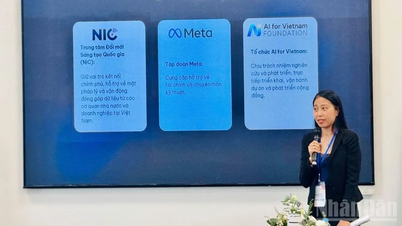



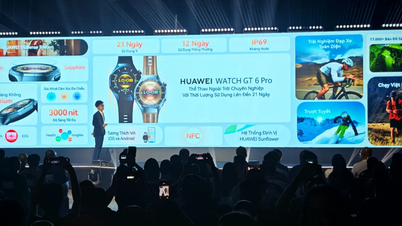







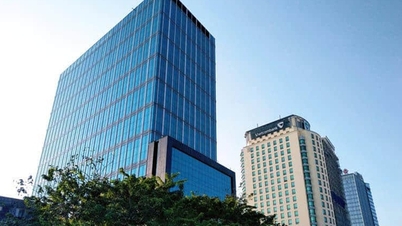

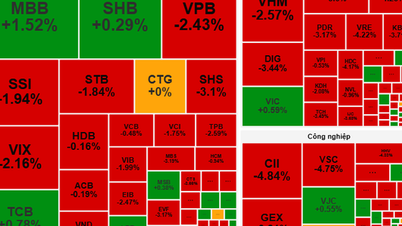



































































Comment (0)